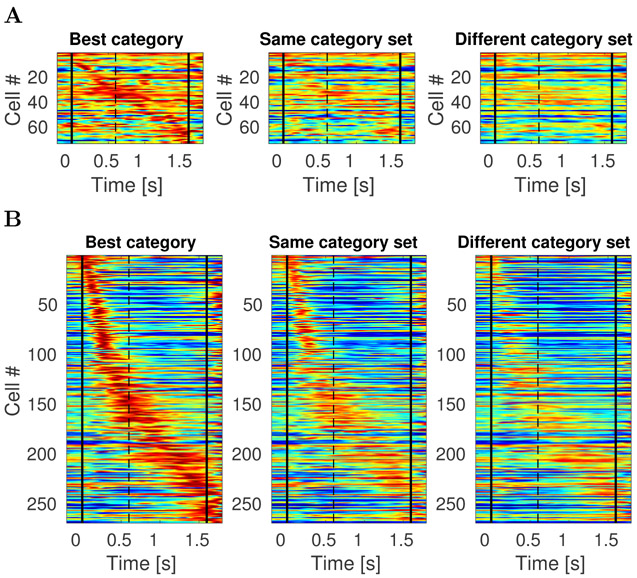Figure 9. Category specific cells in lPFC exhibit temporally modulated firing more than stable persistent firing.
Colormap and cell ordering is analogous to the one in Figure 8. Vertical black lines denote start of the stimulus presentation and end of the delay interval. A. Each of the three heatmaps shows activity of all 73 units that were category specific and where the fit with a constant term was better than the fit with a Gaussian-shaped time field. Most of these units are showing some form of temporally modulated firing, very few units are showing activity that could be considered as sustained throughout the entire stimulus presentation and delay interval. B. Activity of all 269 units that were category specific and fitted better with a Gaussian-shaped time field than with a constant term. This is a superset to the category specific time cells show in Figure 8, since to classify cells as a time cell we imposed an additional set of requirements. Some of these units that were not classified as time cells (93 of them) show ramping or decaying activity (which could mean that they would potentially be time cells if the delay interval was longer).

